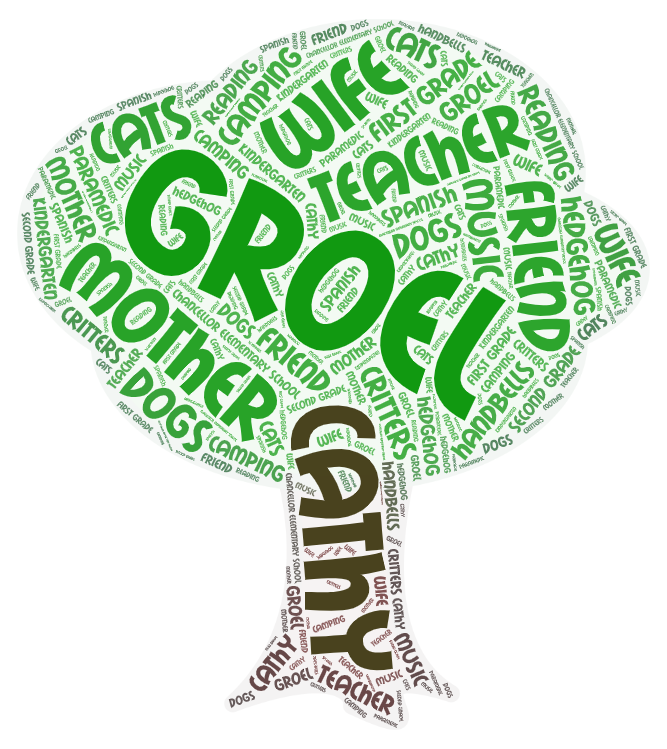For Sandbox #2, I had the chance to play with image tools from a few websites offering free editing tools. I also had the opportunity to browse through images from several image websites.
My first image, I pulled from Pixabay. Just starting out on this exploration of tools seemed a bit daunting, so I reminded myself that all journeys start with the first step, like a hike. So, I chose an image of a mountain trail with the purpose of adding the words “One step at a time” to the picture. I used Tuxpi to play with the colors, sizing and light, and then I attempted to add text. It wasn’t easy to get the text the size, font, color, and position that I wanted, but then I found the motivational poster feature. That was exactly what I was looking for. I could see students using these tools to illustrate character traits with these posters. They could be character traits for students to aspire to or character traits from literature.
Antranias (2016, April 28). Path-Forest-Hike-Nature-Trail-1356948 [digital image]. Pixabay. Retrieved from https://pixabay.com/photos/path-forest-hike-nature-trail-1356948. CCZero
Laszlo (2021, October 12). Matterhorn Photos opLzTgtXQkk [digital image]. Unsplash. Retrieved from https://unsplash.com/photos/opLzTgtXQkk. CCZero
This next image was pulled from Unsplash, which was easy to use as well. I then edited it with Pixlr. I found Pixlr to be not as intuitive with manipulating the image- color/contrast, but the text was easier to work with. For this image, I used the cropping tool and text, but didn’t apply the changes to the color that I experimented with. Students could create their own bookmarks reflecting their goals or reading preferences using the images and tools like I did here.
Kuszpro (2014, August 5). Macaw-bird-animal-parrot-410144 [digital image]. Pixabay. Retrieved from https://pixabay.com/photos/macaw-bird-animal-parrot-410144/. CCZero
Image from Photos for Class-
This image was pulled from Photos for Class. This is a site where you can find images run through Flickr and Pixabay’s SafeSearch and filters to be child friendly and licensed by Creative Commons for public use. This would allow older kids to be able to search for their own images. I used PiZap to play with the image in such a way that I would expect a second grader to explore. I changed the saturation and contrast, added a border, and added a shout. I used the dropper tool to match the text to a flower from the border. I played with filters, but found that they were not needed with the changes I had made to the colors of the image. I also added graphics, but deleted them when I found the borders. One nice thing about Photos for Class is that the image downloaded with the citation information in a black box on the bottom of the image automatically. This is surely convenient for kids, but takes away from the lesson of taking responsibility for crediting the creator of the image. Also, this automatic citation is not fool-proof, as it was covered when I added the border.
Both Photos for Class and PiZap could be used for students to create presentations of research. For example, this image could be the first slide in a slideshow about macaws.

